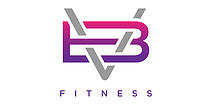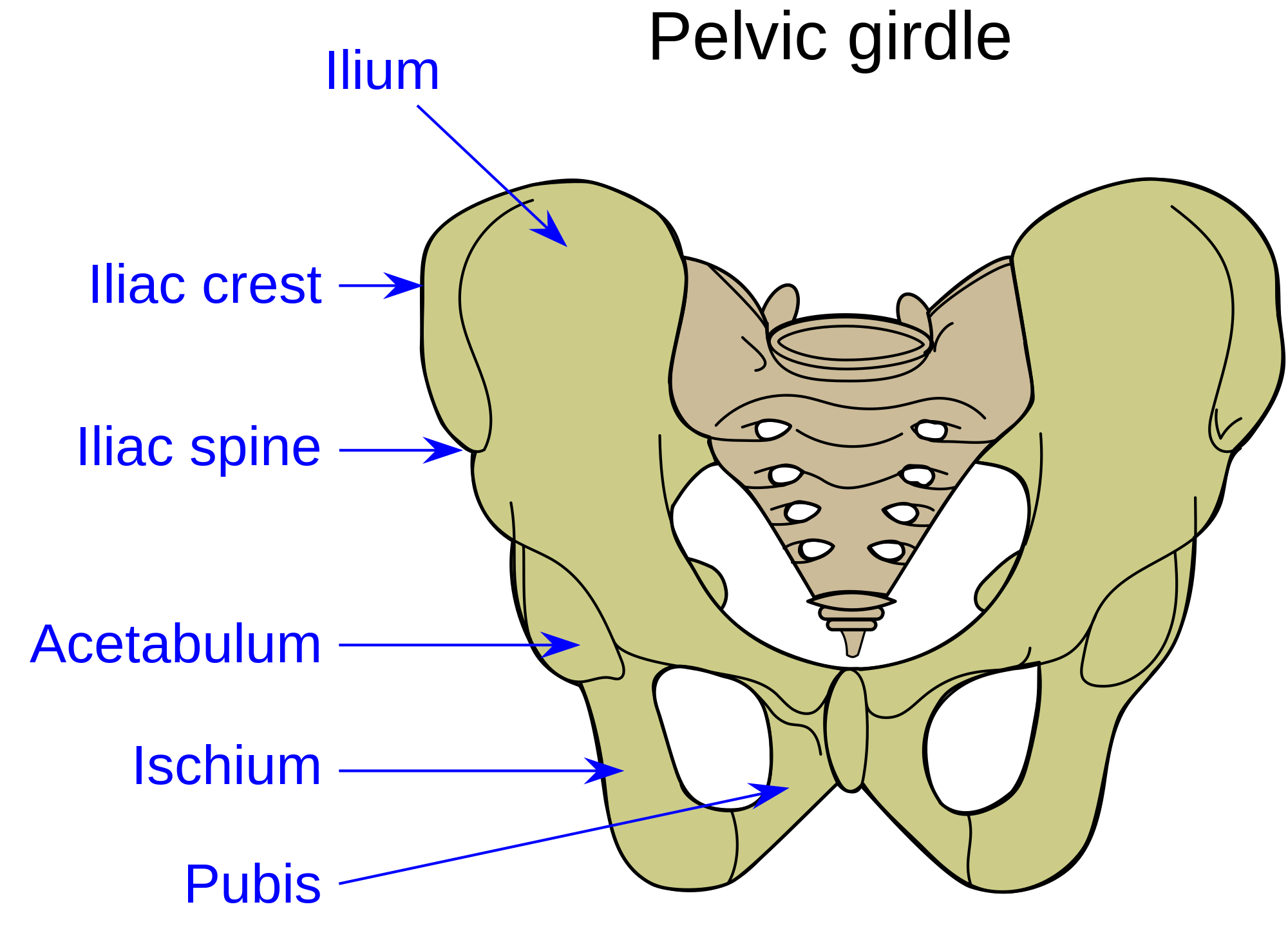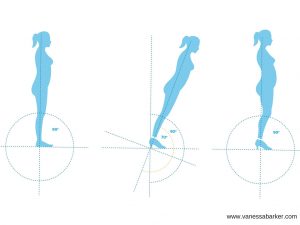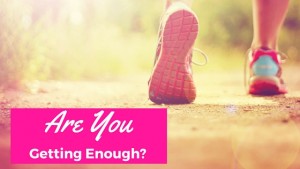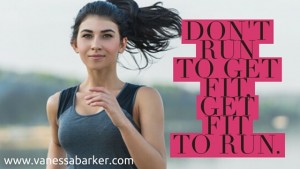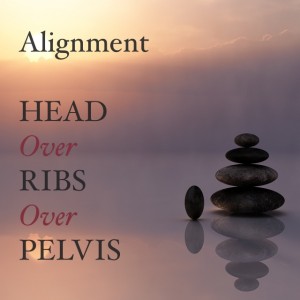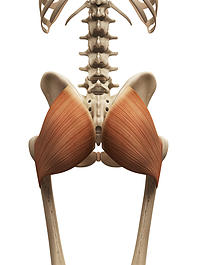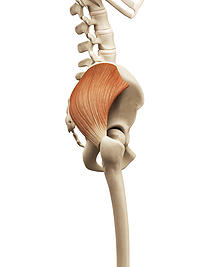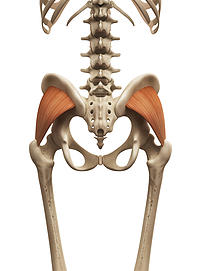While the sun was shining I got in the garden and filmed a couple of workouts to share on my Facebook page.
2 speedy circuits, postnatal and pregnancy friendly (bar one exercise when you’re final trimester, and provided no SPD), one for the lower body and one for the upper.
They’re time-lapse ones, to keep it quick for the sake of social media, BUT I’ve written up the circuits in this blog, with real time video demos of the exercises linked, so you can try them at home. All you need is a resistance band, but they are inexpensive and so versatile it’s worth getting one.
Here’s the type I use (I haven’t actually got this one as I buy long rolls and cut them out as I get through so many, but with most brands medium is an appropriate strength, and 1.2 metres is long enough.)
Postnatal and Pregnancy Lower Body Workout
Banded Side Steps x 20 Use a mini band as in link here or you can use a long resistance band as I did in the time-lapse video. Stick your bum out in a mini squat position and take 20 steps, 10 in each direction. Works the butt and outer thighs.
Banded Squats with Pulse x 10 Inhale as you lower, exhale as you pulse and rise. The band adds extra resistance, the pulse is HARD, but if newly postnatal or very pregnant a squat without the band and pulse is better, as in the video here.
Deadlift with Band x 10 Keep ribs over pelvis throughout, inhale and push your bum back, exhale and rise, driving the action with your glutes.
Reverse Lunges x 20 Alternating. Inhale and step back, dropping down so your knees are at 90 degrees. Exhale and return to start.
Banded Leg Extensions x 10 each side Hands under shoulders, knees under hips. Wrap the band more glutes! No need for the band if you’re pregnant or newly postnatal (and is too much strain for a larger diastasis), and final trimester this will start to get too hard even without the band, so you can do it sliding your leg back whilst keeping your toe on the floor, then skip it completely.
Repeat circuit as needed!
Postnatal and Pregnancy Upper Body Workout
Pulldowns x 10 Sorry no video for this one, but detailed instructions: hold resistance band overhead. Exhale and bring your arms down to the side of your body with a 90 degree bend at the elbows, with the band behind your back. Inhale and return. Engage core to keep ribs down (rather than let them flare out). Good for the back and shoulder and chest mobility.
Chest Press x 10 Exhale as you straighten the arms, inhale as you bend them. Aim to bend the elbows to 90 degrees, forearms parallel. Works chest, triceps and shoulders.
Open the Door x 10 Exhale as you open your arms up, inhale as you return. Works deep shoulder muscles and opens shoulders, good for posture.
Pull Aparts x 10 Keep ribs down as you exhale and pull the band apart. Keep shoulders relaxed, slide shoulder blades together. Great for the back, shoulders and posture.
Bent Over Row 10 Keep a neutral spine‐ this means not letting your back bend forwards. Bicep Curls 10 No video but very simple! Stand on the band with arms straight and exhale as you bend your arms.
These are pregnancy and postnatal Safe, BUT Stop anything that causes pain, and book into see a Women’s Health Physio‐ many do packages with a pregnancy and postnatal appointment. All exercise carries a risk of injury, so consult your doctor before starting anything new
